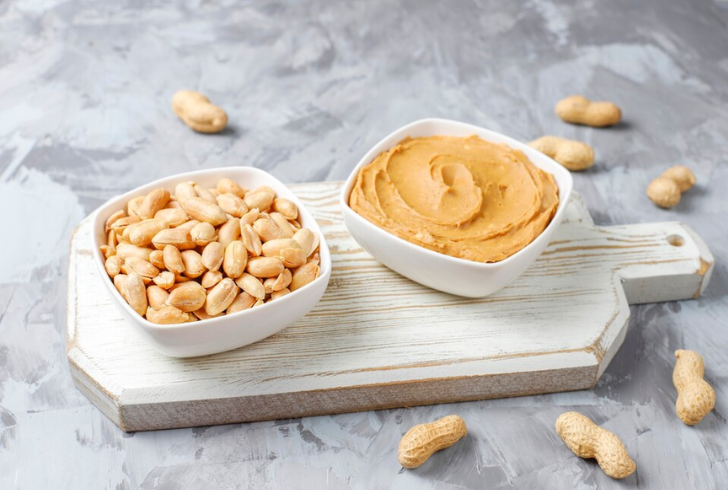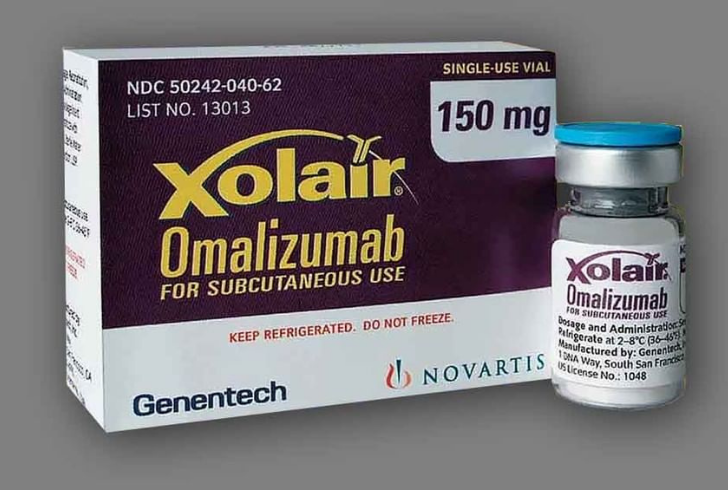Food allergies, an ever-present concern for many, especially those with multiple severe allergies, might have found a guardian in an unexpected ally – Xolair. A recent revelation from a groundbreaking study published in the New England Journal of Medicine introduces a potential game-changer.
This study suggests that Xolair, a medication typically associated with managing asthma, could significantly reduce severe allergic reactions in individuals with multiple food allergies. Let’s delve into the details and unravel the potential of this newfound lifeline.
The Asthma Warrior’s Unexpected Victory

In a stride towards enhancing the quality of life for those grappling with multiple food allergies, Xolair emerges as a beacon of hope. The study, encompassing a diverse range of allergens such as peanuts, milk, egg, and wheat, showcases promising results. Repeated injections of Xolair over several weeks demonstrated a remarkable reduction in the severity of allergic reactions, catering to both adults and children as young as one year old.
Dr. Sharon Chinthrajah, a senior author of the study and an associate professor at Stanford University, expresses her enthusiasm, stating, “This is an amazing step forward in our field. There’s so much fear and anxiety that goes into everyday activities for food allergy patients or parents of a food allergy patient.”
A Versatile Defender Against Food Allergies
Xolair, developed by Genentech and Novartis, originally earned its stripes in 2003 as a treatment for moderate to severe persistent allergic asthma. The recent expansion of its approval by the US Food and Drug Administration to include people with food allergies signifies a breakthrough.
Dr. Robert Wood, lead author of the study and director of the Eudowood Division of Allergy, Immunology and Rheumatology at Johns Hopkins Children’s Center, emphasizes the significance, stating, “Having something that’s really agnostic to the specific food is going to cover far more food allergy patients.”
Unveiling the Study: A Glimpse into Success

The study, funded by the National Institutes of Health, enrolled 180 individuals with a history of peanut allergy and at least two other food allergies. The participants, predominantly aged 17 or younger, underwent omalizumab injections or placebos every two to four weeks for 16 to 20 weeks. Notably, the inclusion of a substantial number of children under the age of 6 adds a meaningful dimension to the study, addressing a critical gap in previous research.
After 16 weeks of treatment, the results spoke volumes. Approximately 67% of participants who received Xolair could tolerate at least 600 milligrams of peanut protein, a significant improvement compared to the 7% in the placebo group. Furthermore, participants in the Xolair group displayed increased tolerance to other allergens like cashew, egg, and milk.
A Safe Passage: Comparing Xolair with Alternatives
Dr. Thomas Casale, a professor of medicine and pediatrics at the University of South Florida Tampa, highlights the safety of Xolair, especially in comparison to oral immunotherapy treatments.
Xolair, an anti-IgE injection, doesn’t expose users to specific allergens and has demonstrated efficacy in preventing adverse events during oral immunotherapy treatments. Dr. Casale states, “Xolair provides as much protection or more protection than the FDA-approved peanut drug, Palforzia.”
Weighing the Costs and Considerations

While Xolair emerges as a potential lifeline for those with severe food allergies, considerations about its cost and long-term commitment arise. The estimated list price ranges from $2,900 for children to $5,000 for adults each month, and although actual costs vary based on insurance coverage and financial assistance programs, it remains a crucial factor. Dr. Casale advises individuals to carefully assess the pros and cons with their doctors, especially considering the potentially lifelong commitment to Xolair.
The Road Ahead: Unanswered Questions and Future Perspectives
As the dust settles on this groundbreaking study, uncertainties linger. Dr. Chinthrajah acknowledges the need for further research to identify the ideal candidates for Xolair and determine the optimal duration of usage. The study, while promising, has limitations, including a mostly non-Hispanic and White cohort, emphasizing the necessity for broader and more diverse research.
The advent of Xolair into the realm of food allergy management sparks hope and optimism. It symbolizes a step closer to liberating individuals from the shackles of severe food allergies, fostering a future where the fear of accidental exposure diminishes. While questions remain, the potential of Xolair as a versatile defender against food allergies presents a beacon of hope for a safer and more carefree future.




